Submitted by Jennifer Sowers, DOR, McCall Rehabilitation, McCall, ID
 I believe leadership is a position earned and appointed by those who have taken recognition of your ability to follow, listen, try harder to be a better person, think outside the box and be willing to learn.
I believe leadership is a position earned and appointed by those who have taken recognition of your ability to follow, listen, try harder to be a better person, think outside the box and be willing to learn.
Jocko Willink, a retired Navy Seal Commander, has written several books on leadership that are all worth the read if you want to be a better leader. Several truths to live by jump out in his books and podcasts, and the one that speaks loudly is: Discipline equals Freedom. What does this mean? First, why do we need discipline as a good leader?
In a leadership role, we are being watched. Our team is watching us; even those not on our immediate rehab team are watching us. The cooks, the CNAs, the Activity Director, not to mention our ED and the DNS. They are watching our attitude, our behavior, how we react in conflict or under pressure. Are we late for meetings? Do we roll our eyes? Did we yawn? How are we dressed? A full-time employee in our facility told me recently, “The rehab team is like the cool kids in high school — everyone wants to be like them and hang out with them.” At first it was a compliment, but then I started to think, why are we a separate “click” outside the big team? Do other employees think we are above reproach in the building? That’s when it really struck me how important it was that we as a team, and especially me as a leader, must demonstrate excellent leadership. We are in a spotlight. And we all know that with great power comes great responsibility, and as a leader, we are in a position of power.
And that is where ownership comes into play as a leader. If you make a mistake, don’t cover it up; admit mistake and then make a plan to do better. If your team makes a mistake, take ownership. When are we not responsible for the performance of our team? Never. If our team is not performing, then maybe they need more training, more assets, more support, more mentorship. Ask your team what they need and then follow up with them. That’s when a job will get done. Is the mission clear, concise and understood? Make sure professional expectations are clear and don’t compromise standards. As a leader, lead by example and take responsibility for your team. The other day a patient got extremely upset about a new RA not doing a specific exercise as she expected. The RA came to me, warning me this patient was mad and going to complain to me. I listened to the patient and then apologized to her, saying I had instructed the RA incorrectly and it was my fault she did not understand the specific exercise. The RA came to me later, smiling, and told me the patient had apologized to her and their relationship was restored. She was relieved and the patient was happy. If you make a mistake, own it. Don’t make excuses or cover it up. Neither the RA nor the patient were mad at me for not doing thorough training. It was amazing how quickly me taking ownership dissolved the conflict.
Leadership is all on you but it’s not all about you. The team is way more important than you are. Keep your team’s interests above your own, and use all the tactics you can to make your team better, not yourself. If your goal as a leader is to help others and your team, then you will accomplish the mission. If your team succeeds, then you win as a leader and your people will win. That is true leadership. But, it does start with you and that is where the truth that discipline equals freedom rings so true to the core of leadership. Here is a quote by Jocko Willink regarding the application of discipline:
Discipline starts with waking up early, it really does. But that is just the beginning; you absolutely have to apply it to things beyond waking up early. Is it working out, every day, making yourself stronger and faster and more flexible and healthier? Is it eating the right foods, to fueling your system correctly? Is it disciplining your emotions, so you can make good decisions? Is it about having the discipline to control your ego, so it doesn’t get out of hand and control you? Is it about treating people the way you want to be treated? Is it about doing the tasks you don’t want to do, but you know will help you?
Discipline is about facing your fears so you can conquer them. Discipline means taking the hard road, the uphill road. To do what is right. For you and for others. So often, the easy path calls us: to be weak for that moment. To give in to desire and short-term gratification.
Discipline will not allow that. Discipline calls for strength and fortitude and Will. It won’t accept weakness. It won’t tolerate a breakdown in will. Discipline can seem like your worst enemy. But in reality, it is your best friend. It will take care of you like nothing else can. And it will put you on the path to strength and health and intelligence and happiness. And more important, discipline will put you in the path to Freedom.
I think about freedom equaling discipline as a leader and a lot comes back to doing the right thing even when we don’t feel like it. Freedom for me is getting all my progress notes done on time, getting my discharges done on time so when I do closeout I don’t get a screen of red. Freedom is showing up for work early so I have good numbers to present at stand-up and my team has their schedules ready when they arrive. I have a running calendar, and the other day I flipped the page and it said, “I love running because it’s the one thing I do every day and never regret.” I’ve never said, gosh, I’m sure bummed I got up and ran this morning. Wish I hadn’t made my bed today. Or, I’m sure bummed I got all my notes done on time, or I’m sure disappointed I took a shower today, or ran my metrics, or did some continuing education. We’ve never said that. When we’ve had the discipline to go on the run, finish the progress note, pack a healthy lunch, we have freedom and we can lead our team to have the same freedom by example.
Lastly, a leader will never ask their team to do something they will not. As a leader, we need to care about our team. Advocate for your team, whether it’s new equipment, continuing education, time off, negotiating with nursing. Have their back and they will have yours. If your team knows you have their best interest in mind as their leader, you will have their respect. And, then when you need to give criticism, it will be accepted more easily. And celebrate! Set goals and celebrate with your team! Don’t forget to recognize victories and show them how much they are appreciated.
A lot goes into being a great leader, and these are just a few but they are the ones that have hit home with me lately. Take ownership, discipline equals freedom, lead by example, your team comes first, and show them you care.
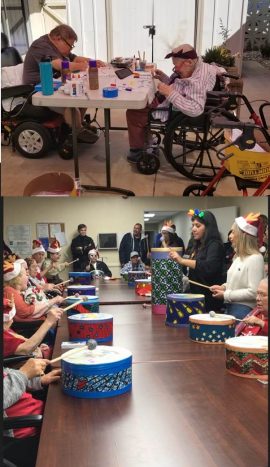 The sound of light drumming and laughter filters down the hallway as the residents and patients start to assemble for drum circle. “I like chocolate cake, that’s the beat we’re going to play,” instructs Amy Pot, Director of Rehab, and Lulu Matos, Director of Activities, to a group of residents and patients at Palomar Vista Healthcare Center. They are drumming along on Turbano drums to I Love Rock and Roll by Joan Jett.
The sound of light drumming and laughter filters down the hallway as the residents and patients start to assemble for drum circle. “I like chocolate cake, that’s the beat we’re going to play,” instructs Amy Pot, Director of Rehab, and Lulu Matos, Director of Activities, to a group of residents and patients at Palomar Vista Healthcare Center. They are drumming along on Turbano drums to I Love Rock and Roll by Joan Jett.
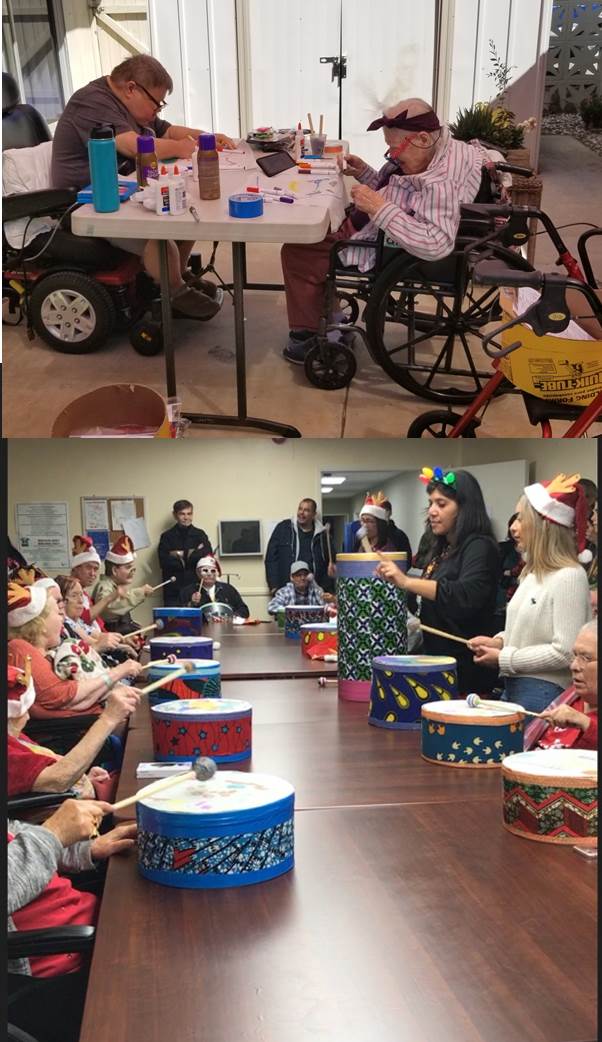
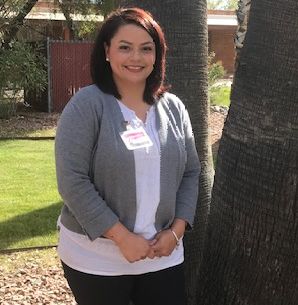
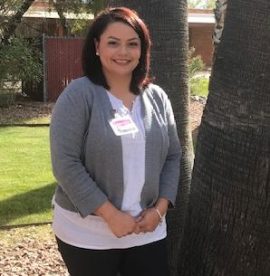 Meet Dora Alvarez, a quiet Tucson superstar who prefers to be out of the spotlight! Dora has been with Sabino Canyon Rehabilitation & Care Center for eight years and loves being able to oversee the wonderful work and dedication her team demonstrates in helping one patient at a time. According to Shelby Donahoo, Tucson therapy resource, Dora has really come into her own in the past year and is one of our strongest therapy leaders in the Tucson market.
Meet Dora Alvarez, a quiet Tucson superstar who prefers to be out of the spotlight! Dora has been with Sabino Canyon Rehabilitation & Care Center for eight years and loves being able to oversee the wonderful work and dedication her team demonstrates in helping one patient at a time. According to Shelby Donahoo, Tucson therapy resource, Dora has really come into her own in the past year and is one of our strongest therapy leaders in the Tucson market.


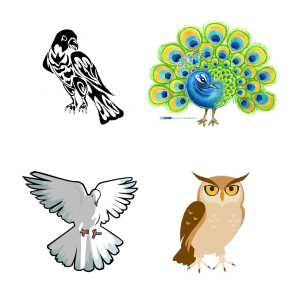


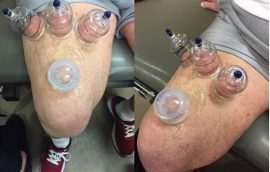 His primary limiting impairments were stiffness, pain and weakness. When he initially attempted basic OKC (open kinetic chain) activities, the patient would report moderate to severe pain at end-range knee extension. The team attempted to modify to a CKC (closed kinetic chain) to assess differences in symptoms. Stiffness remained. Moving to manual therapy, the patient responded decently well with anterior tibiofemoral mobilizations. The patient reported less pain, but the stiffness remained. The PT team applied three hard plastic cups with 1.5 pumps of pressure proximal to the knee as a gross stabilization point for the fascial system and one silicone cup just distal to those cups with the intent to perform a dynamic mobilization technique. Post-treatment, the patient reported that not only was the pain nearly eliminated, but the stiffness was gone as well.
His primary limiting impairments were stiffness, pain and weakness. When he initially attempted basic OKC (open kinetic chain) activities, the patient would report moderate to severe pain at end-range knee extension. The team attempted to modify to a CKC (closed kinetic chain) to assess differences in symptoms. Stiffness remained. Moving to manual therapy, the patient responded decently well with anterior tibiofemoral mobilizations. The patient reported less pain, but the stiffness remained. The PT team applied three hard plastic cups with 1.5 pumps of pressure proximal to the knee as a gross stabilization point for the fascial system and one silicone cup just distal to those cups with the intent to perform a dynamic mobilization technique. Post-treatment, the patient reported that not only was the pain nearly eliminated, but the stiffness was gone as well.